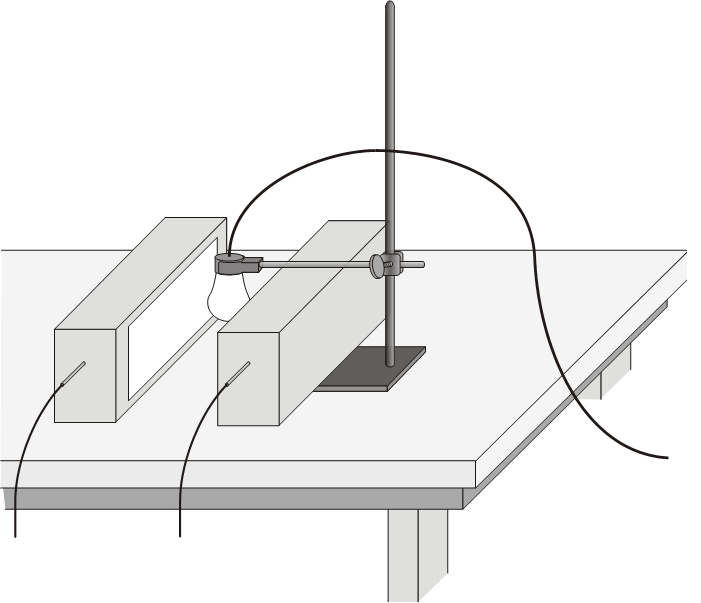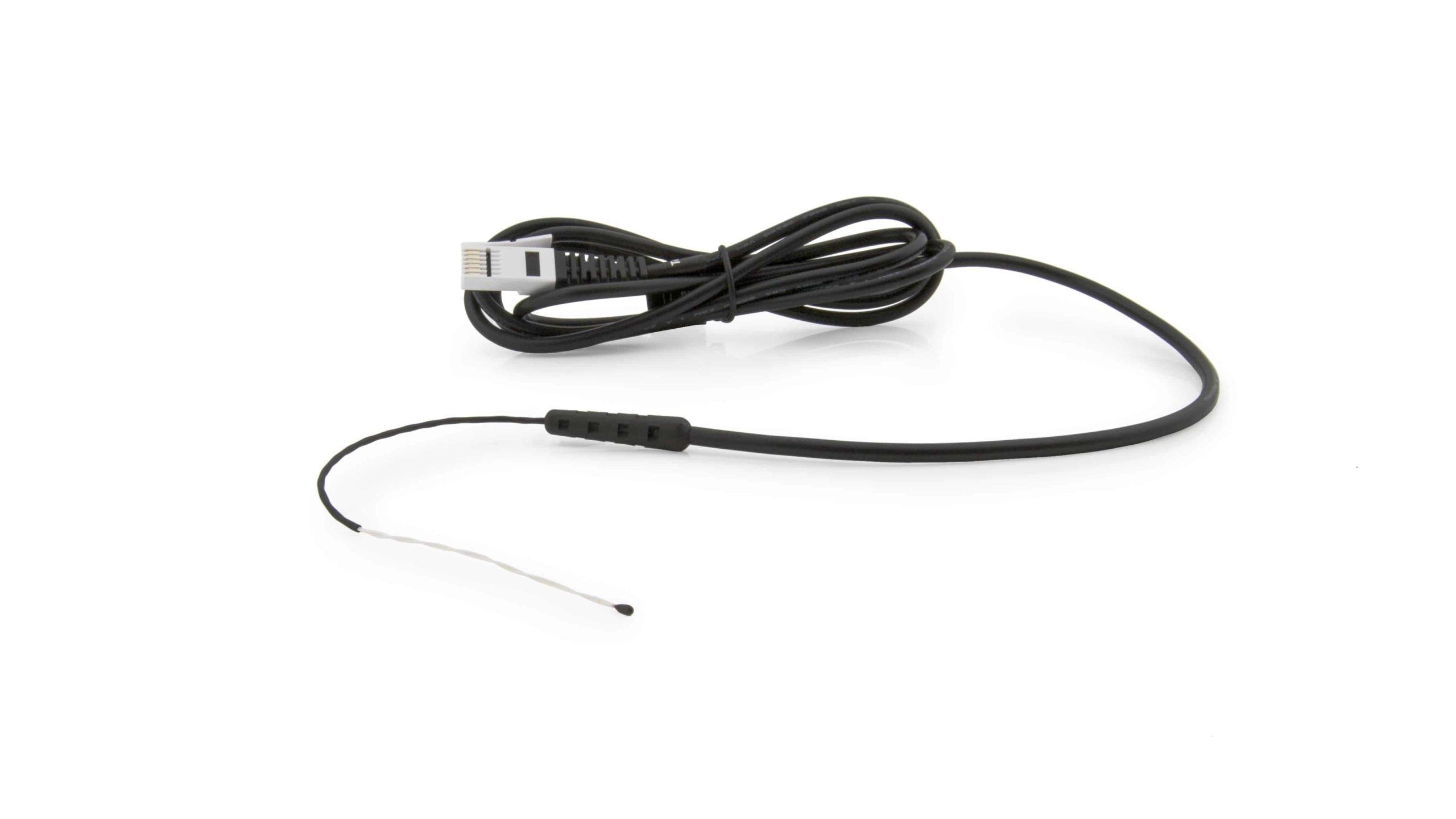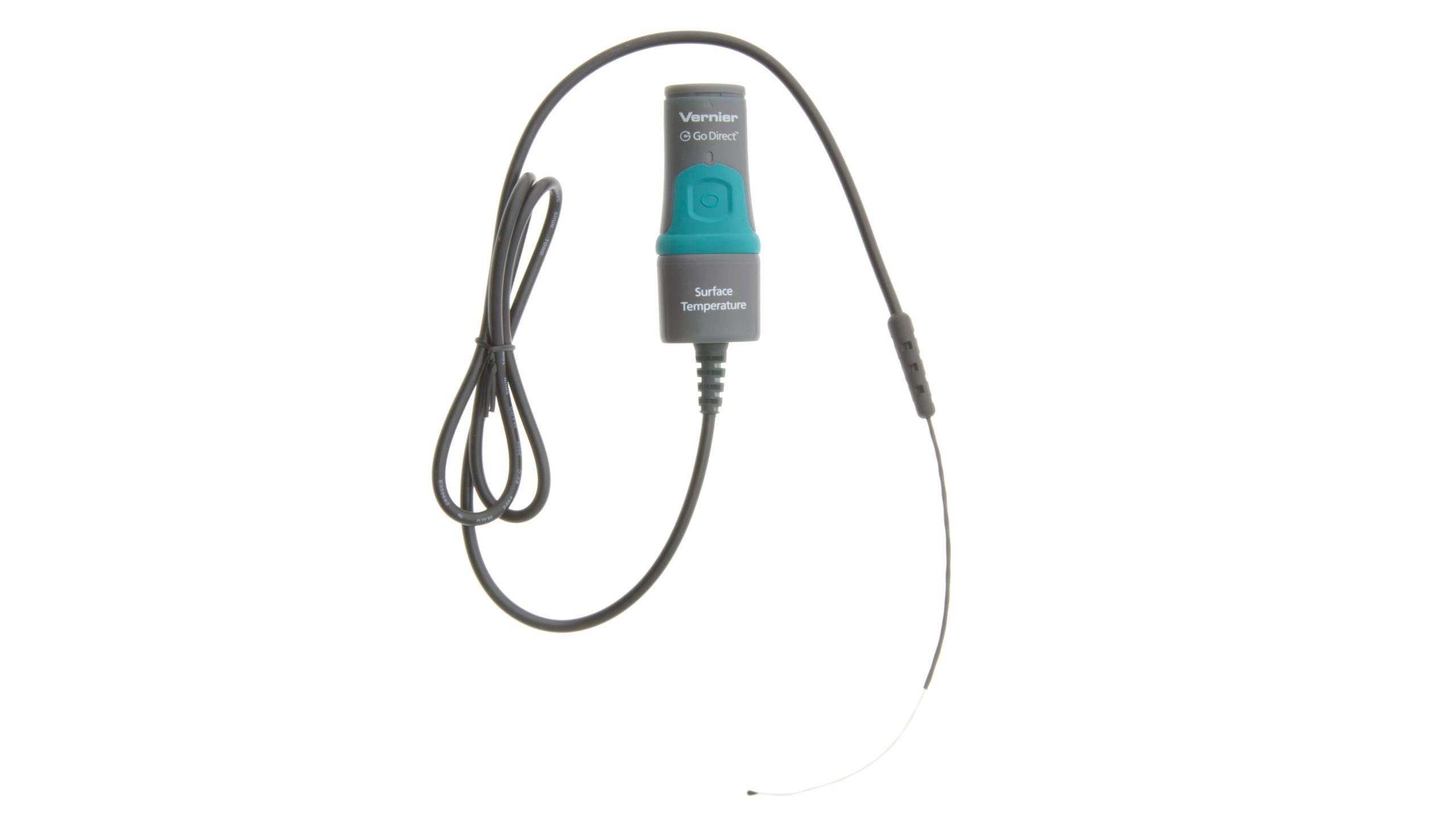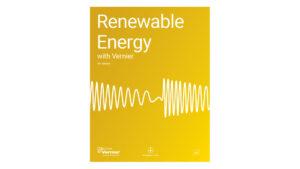Variables Affecting Passive Solar Heating
Experiment #23 from Renewable Energy with Vernier
- Education Level
- High School

Introduction
Buildings can be designed to retain heat in the winter while also helping them to remain cool in the summer. Insulation and heat storage are important factors in such a system. A thermal mass, a material that absorbs and stores heat, is one example of a design feature that can be used to help control the temperature in a building.
In this experiment, you will examine the effectiveness of different design features. Two model homes, one that will act as a control and one that you modify, will be heated by a light bulb. Temperature sensors will monitor their temperatures throughout a simulated day and night.
Objectives
- Use Surface Temperature Sensors to measure temperature.
- Design, build, and test a model solar home.
- Compare your results to the data collected by other groups.
Sensors and Equipment
This experiment features the following sensors and equipment. Additional equipment may be required.
Option 2

Ready to Experiment?
Ask an Expert
Get answers to your questions about how to teach this experiment with our support team.
- Call toll-free: 888-837-6437
- Chat with Us
- Email support@vernier.com
Purchase the Lab Book
This experiment is #23 of Renewable Energy with Vernier. The experiment in the book includes student instructions as well as instructor information for set up, helpful hints, and sample graphs and data.


